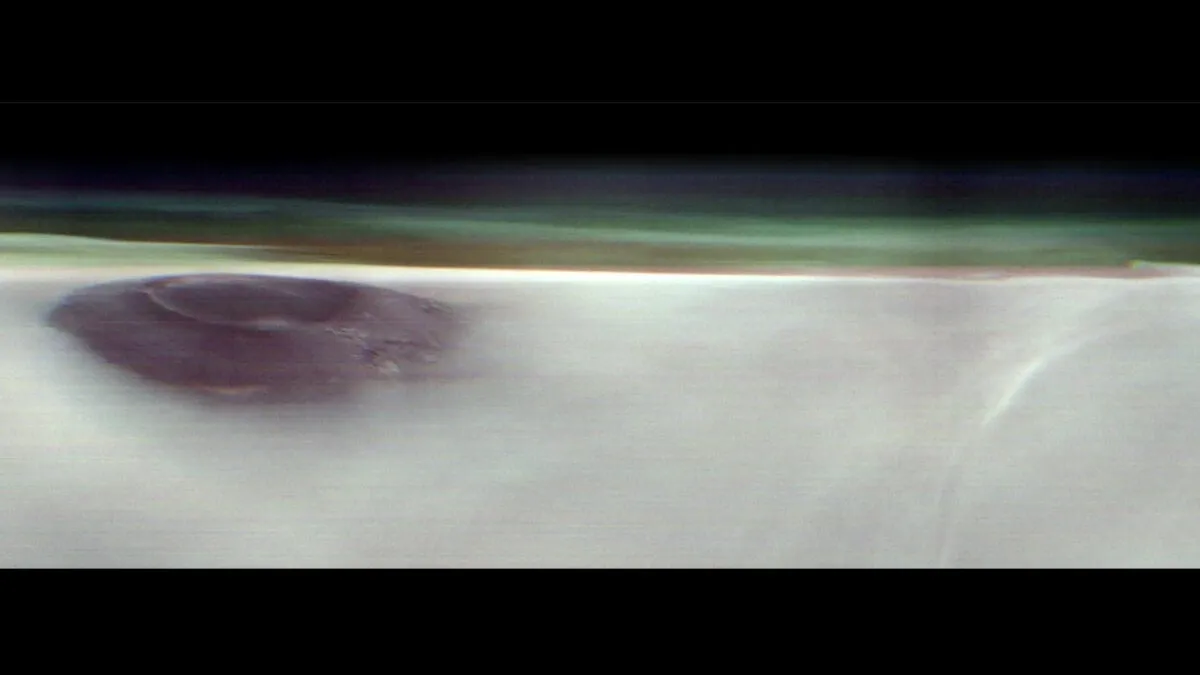
Floating in orbit above Mars, NASA’s 2001 Mars Odyssey orbiter has captured a breathtaking panorama of the Red Planet’s largest volcano, Arsia Mons, emerging from a sea of clouds. This remarkable image presents an exceptionally rare view of a Martian volcano, showcasing the landform at an angle that highlights the planet’s horizon. The stunning capture took place on May 2, just before dawn, providing a unique glimpse of Mars’ rugged topography.
Jonathon Hill, the operations lead for Odyssey’s camera and a mission planner at Arizona State University’s Mars Space Flight Facility, expressed enthusiasm about the image. “We picked Arsia Mons hoping we would see the summit poke above the early morning clouds. And it didn’t disappoint,” he stated. This captivating image was made possible by the Thermal Emission Imaging System (THEMIS), which can observe Mars in both visible and infrared light.
Launched in 2001, the Odyssey orbiter has been orbiting Mars for over 20 years, diligently studying the Martian surface and gathering valuable data. In 2023, the orbiter began taking breathtaking panoramic views of the Martian horizon, marking a significant milestone in its ongoing mission. To achieve these stunning images, THEMIS cannot pivot; instead, the orbiter rotates a full 90 degrees on its side. This clever maneuver allows the camera to capture Mars’ “limb,” the edge of the planet’s horizon.
Arsia Mons, which stands at an impressive 12 miles (20 kilometers) high and measures 70 miles (450 kilometers) in diameter, is a colossal feature of Mars. For context, Earth’s tallest volcano, Mauna Loa, reaches 6 miles (9 kilometers) above the seafloor and has a diameter of 75 miles (121 kilometers). Notably, Arsia Mons is one of the cloudiest volcanoes on Mars and is the southernmost of the three Tharsis volcanoes that form the Tharsis Montes or Tharsis Mountains.
The Tharsis Mountains are frequently enveloped in water ice clouds, particularly during the early morning hours. These clouds form as air expands while ascending the slopes of the volcano and rapidly cools, creating a stunning visual effect that can be observed from orbit. The latest images captured by Odyssey not only enhance our understanding of Martian geography but also provide insights into the planet's atmospheric conditions and weather patterns.
With its continuous exploration and groundbreaking discoveries, NASA’s 2001 Mars Odyssey remains a vital asset in our quest to understand the mysteries of Mars and its geological history.